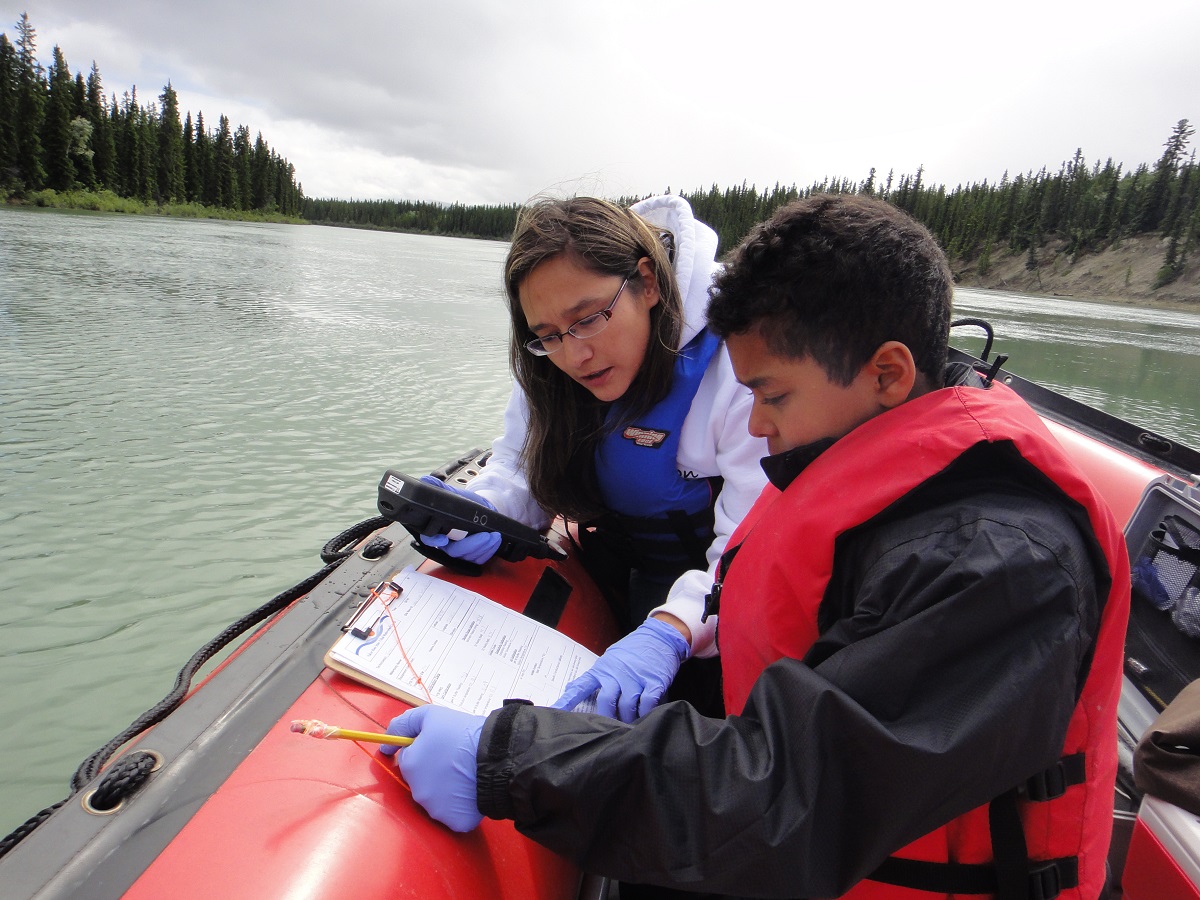Equipping the next generation for life in the Arctic
Ensuring the next generation is informed on changes in the Arctic and the potential impacts is vital to equip them with the knowledge required for adapting to and managing under these changed conditions. Therefore the project contributes to devising tailored information which contributes to education in high schools, but also for the general public. The specific activities are:
Teaching Packs
Two packages of educational materials for teachers and students of lower and upper secondary schools have been prepared to enhance literacy of Arctic Observations among teachers and students. Each package consists of methodological material for teachers, and multimedia material and worksheets with tasks for students. F
Teachers will be prepared for using packages during workshops conducted within cooperation with other European projects e.g. Scientix (community for science education in Europe), ERIS (project from ERASMUS+) and EDU-ARCTIC (a H2020 project).
Community based monitoring
Arctic based communities have a wealth of knowledge and experience on monitoring their environment. INTAROS is committed to including and raising awareness of such observations. Therefore high schools will be linked with ongoing climate monitoring programs and activities and real life data collection, including community-based monitoring initiatives such as the EU BEST funded PISUNA project. PISUNA has already successfully shown how community based observations help in decision making as can be seen in this story.
Arctic Literacy
INTAROS is making connections with the ‘Arctic in a Classroom (ARCUS)’ programme coordinated by the Arctic Research Consortium of the United States. Participation in the “Make an Impact” workshop to explore opportunities for discussing best practice and sharing teaching materials and approaches is also planned.
Exhibitions
The project is bringing the uniqueness of the Arctic to citizens across Europe by preparing informational and exhibition material, including photos and videos from field work in the Arctic, for use in Science Centres across Europe (e.g. Arktikum Science Centre in Finland or VilVite in Norway).
